Pharmaceutical suspensions are liquid dosage forms containing finely divided insoluble materials (the suspensoid) distributed somewhat uniformly throughout the suspending medium (suspending vehicle) in which the drug exhibits a minimum degree of solubility. This dosage form is used for providing a liquid dosage form for insoluble or poorly soluble drugs. Also, it is an ideal dosage form for drugs that are unstable in an aqueous medium for extended periods of time. Such drugs are most frequently supplied as dry powder for reconstitution at the time of dispensing.
Read Also: How to Reconstitute Oral Suspensions [Step-by-Step Guide]
Technically, the term suspension describes a dispersion of a solid material (the dispersed phase) in a liquid (the continuous phase) without reference to the particle size of the solid material. However, the particle size of the solid material can affect both its physicochemical behaviour of suspensions. For this reason, a distinction is usually made between a colloid or colloidal suspension with a particle size range of up to about 1 micron, and a ‘coarse dispersion’ with larger particles. Unfortunately, pharmaceutical suspensions fall across the borderline between colloidal and coarse dispersions, with solid particles generally in the range of 0.1 to 10 micrometre. Suspensions are not optically clear and will appear cloudy unless the size of the particles is within the colloidal range.
In an ideal suspension, insoluble particulate matter or drugs are uniformly suspended in three dimensions throughout the vehicle and remain so even after prolonged periods of time. Here, every dose from the suspension will contain the same amount of drug and will give the same clinical effect to the patient. This, however, is practically not possible because of the thermodynamic instability of suspension.
Suspension dosage forms are given by the oral route, injected intramuscularly or subcutaneously, instilled intranasally, inhaled into the lungs, applied to the skin as topical preparations, or used for ophthalmic or otic purposes in the eye or ear, respectively. Some suspensions are available in a ready-to-use form that is, already distributed through a liquid vehicle with or without stabilizers and other additives. Other preparations are available as dry powders intended for reconstitution just before use with an appropriate vehicle. Generally, this type of product is a powder mixture containing the drug and suitable suspending and dispersing agents to be diluted and agitated with a specified quantity of vehicle, most often purified water.
Drugs that are unstable if maintained for extended periods in the presence of an aqueous vehicle (e.g., many antibiotic drugs) are most frequently supplied as dry powder mixtures for reconstitution at the time of dispensing. This type of preparation is designated in the USP by a title of the form “for Oral Suspension.” Prepared suspensions not requiring reconstitution at the time of dispensing are simply designated as “Oral Suspension.
In addition to the use of aqueous pharmaceutical suspensions as drug products, suspensions are also used as in-process materials during industrial pharmaceutical manufacturing. For example, tablets are coated with a suspension of insoluble coating materials. Granules manufactured by wet granulation processes are typically suspended in the air for drying during fluidized bed-drying process. In addition, wet granulation could be carried out on granules suspended in the air in a process called fluid-bed granulation.
Contents
In the case of an external lotion,
Suspensions can be classified in various ways and these include
Based on the route of administration, suspensions can be classified as oral, topical, parenteral, rectal, otic or ophthalmic suspensions. These are briefly described as follows:
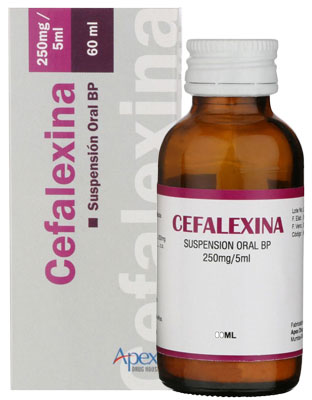
Suspensions meant for peroral route of administration may show sediment which is readily dispersed upon gentle shaking of the container to give a uniform suspension which remains sufficiently stable to enable the correct dose to be delivered. When formulated for use as paediatric drops, the concentration of suspended drug substance is correspondingly greater to allow lower volume of administration for paediatric doses. Antacids and radioopaque suspensions generally contain high concentrations of dispersed solids.
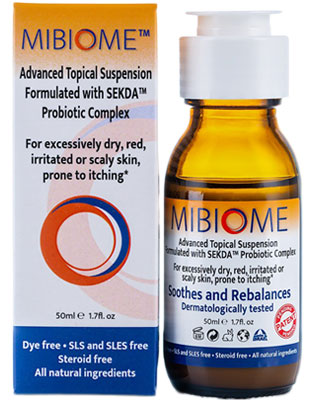
Topical suspensions can be fluid preparations, such as calamine lotion, which are designed to leave a light deposit of the active agent on the skin after quick evaporation of the dispersion medium. Some suspensions, such as pastes, are semisolid in consistency and contain high concentrations of powders dispersed – usually – in a paraffin base. It may also be possible to suspend a powdered drug in an emulsion base, as in zinc cream.
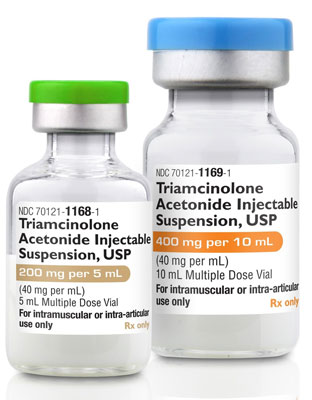
Parenteral suspension may contain 0.5 to 30% w/w of solid particles. Viscosity and particle size are significant factors since they affect the ease of injection (syringability) and the drug in depot therapy. Also, sterility is an important consideration for parenteral suspensions. Being a suspension dosage form, they cannot be sterilized by terminal filtration. Thus, the use of sterile active pharmaceutical substance (API) and aseptic processing is required for their manufacturing. In addition, antimicrobial preservatives are not recommended for intravenous (IV) suspensions.
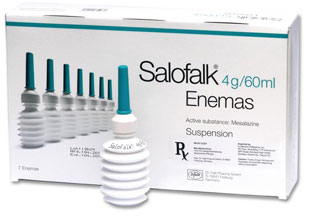
Formulation and quality considerations for rectal suspensions are similar to that of oral suspensions.
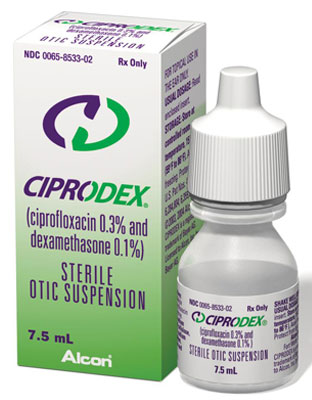
Ophthalmic suspensions are sterile liquid preparations containing solid particles dispersed in a liquid vehicle intended for application to the eye. It is imperative that such suspensions contain the drug in a micronized form to prevent irritation and/or scratching of the cornea. Ophthalmic suspensions should never be dispensed if there is evidence of caking or aggregation.
Aerosols are suspensions of drug particles or drug solution in the air and are used for inhalation of drug delivery to the lung. Volatile propellants are frequently used as vehicles for pharmaceutical aerosols.
Based on the concentration of the dispersed phase, suspensions can be classified as dilute and concentrated suspension.
Dilute suspension contain 2 – 10% w/v solid. Examples include cortisone acetate, prednisolone acetate.
A suspension is said to be concentrated if it contains 10-50 % w/v solid. A good example of such suspension is zinc oxide suspension. Highly concentrated suspensions are termed as slurries.
Suspensions can be classified into flocculated and deflocculated suspension based on the electrokinetic nature of the dispersed phase.
Flocculated suspension is a suspension in which the supernatant quickly becomes clear, because of the formation of large flocs that settle rapidly. Flocculated suspensions form loose sediments which are easily redispersible, but because the sedimentation rate is fast and there may be danger of inaccurate dose being administered; also, the product will look inelegant.
A deflocculated suspension is a suspension in which the dispersed particles remain as discrete separated units. The supernatant remains cloudy for an appreciable time after shaking, due to the very slow settling rate of the smallest particles in the product. This prevents the entrapment of liquid within the sediment, which thus becomes compacted and can be very difficult to redisperse.
Based on the particle size (diameter) of the dispersed phase, suspensions can be classified as
To continue reading, click on the page buttons below…
Comments10
It was helpful
I am happy you found it useful.
Am very glad💪💪💪
I am happy you are glad.
Helpful
I am happy you found it useful.
nice data here about medicine
Thanks.
I truly appreciate to peruse these sorts of article since it truly assist us with upgrading our insight. Kindly continue to share.
Thanks, We are glad we could help.